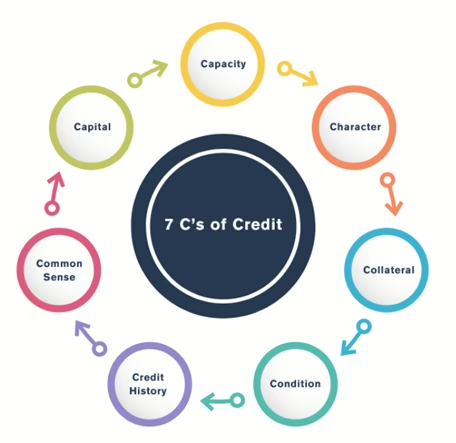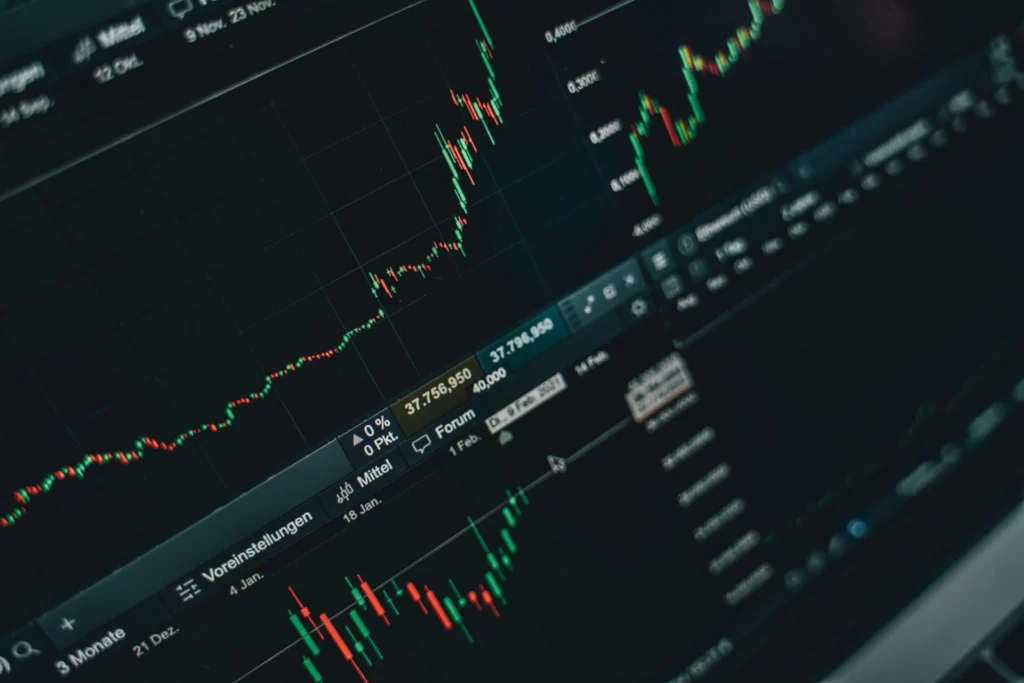Trade credit is the engine that keeps commerce moving. It enables customers to purchase more, strengthens supplier–client relationships, and supports business growth. But extending credit is never risk-free. Defaults, fraud, and economic volatility can quickly turn credit from an enabler into a liability.
That’s why credit professionals continue to rely on the 7 C’s of Credit:

This framework remains vital in 2025, but each element now requires a modern lens.
At Trade Shield, we help finance leaders apply these principles with real-time data, predictive analytics, and streamlined onboarding.
At Trade Shield, understanding the 7 C’s of Credit is central to helping businesses make confident, risk-aware decisions in today’s dynamic environment. These principles guide our credit intelligence solutions, blending automation, analytics, and human judgment to assess customer risk with precision.
Capital reflects the financial cushion a business holds—its equity, liquidity, and reserves. In a climate of elevated interest rates and unpredictable operating costs, businesses with weak capital structures are more exposed to cash flow shocks. Trade Shield’s automated financial statement analysis and liquidity stress testing tools help identify whether a customer has the resilience to weather short-term disruptions.
Capacity refers to a customer’s ability to repay, based on profitability, cash flow, and debt levels. With global supply chains under pressure and margins tightening, even previously profitable businesses may now be struggling. Trade Shield’s real-time financial data integrations and predictive analytics provide forward-looking visibility into repayment ability, beyond static historical snapshots.
Character captures the reliability and integrity of a business—especially under stress. As fraud risks rise, ethical behaviour and trustworthiness are as vital as financial metrics. Trade Shield enhances credit assessments with supplier references, communication pattern analysis, and reputation checks, adding qualitative depth to the numbers.
Collateral serves as a safety net, especially for larger exposures. With insolvency rates climbing, having clear, updated valuations and legal documentation is essential. Trade Shield’s collateral management systems log, monitor, and validate pledged assets, reducing uncertainty and dispute risk.
Condition considers the external environment—industry cycles, regulatory shifts, and macroeconomic trends. Factors like currency volatility and compliance requirements (e.g., POPIA) can significantly influence repayment risk. Trade Shield’s scenario modelling and industry benchmarking tools help businesses anticipate how external conditions may impact their customers.
Credit History remains one of the strongest predictors of future behaviour. With demand for credit rising—particularly among below-prime borrowers—having a complete view of past repayment patterns is critical. Trade Shield aggregates bureau data, trade references, and alternative sources like utility payments to build a fuller picture, especially for SMEs with limited banking histories.
Finally, Common Sense—human judgment—remains irreplaceable. Algorithms can’t detect every red flag. Sudden behavioural shifts, unrealistic promises, or market rumours often signal trouble before the data does. Trade Shield empowers teams with tools that support qualitative assessments, including client conversations, site visits, and trust in experienced instincts.
Why the 7 C’s Still Matter
Recent global research reinforces the value of this framework. The Basel Committee’s 2025 Principles for the Management of Credit Risk emphasises the need for both quantitative and qualitative assessment in credit decisions. The US OCC’s Semiannual Risk Perspective 2025 highlights rising commercial credit risk linked to macroeconomic uncertainty and fraud. Meanwhile, academic studies show the 5 C’s model still strongly correlates with repayment outcomes, with “Character” and “Conditions” growing in importance.
For trade credit professionals, the 7 C’s provide a holistic view. Financial data may highlight capital and capacity, but qualitative factors like character, history, and common sense often explain defaults that numbers alone missed.
Trade Shield’s Approach
At Trade Shield, we embed the 7 C’s into our technology:
- Digital onboarding captures capital, capacity, and credit history instantly from multiple data sources.
- Real-time monitoring tracks changing conditions, debtor behaviour, and repayment patterns.
- Risk dashboards highlight red flags in character, history, and collateral.
- Predictive analytics stress-test customer resilience under different market scenarios.
- User-friendly design empowers credit teams to apply both analytics and common sense.
By combining classical credit principles with modern tools, we help businesses reduce defaults, approve credit faster, and manage debtor books with confidence.
Final Thought
The 7 C’s of Credit are not just a checklist, they’re a strategic framework. In 2025, mastering them means blending financial metrics with human judgment, predictive tools with experience, and automation with compliance.
Businesses that get this right don’t just protect themselves from bad debt. They enable growth, strengthen customer trust, and build resilience in uncertain markets.
At Trade Shield, we help clients turn the 7 C’s from theory into practice, transforming trade credit into a competitive advantage.



